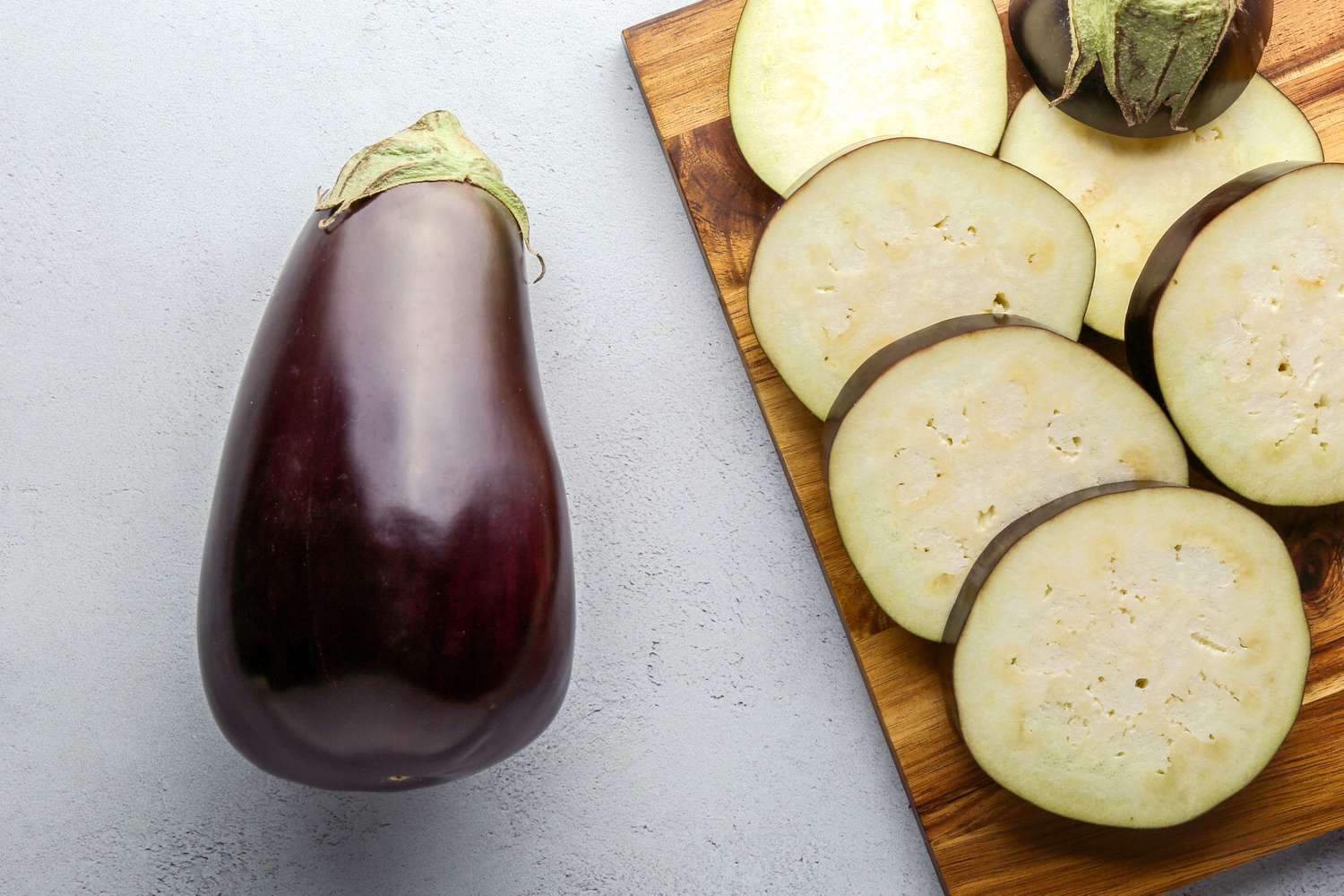

Articles
How To Store Cut Eggplant
Modified: February 22, 2024
Learn the best methods for storing cut eggplant to keep it fresh and flavorful. Our articles provide helpful tips and techniques for maximizing the shelf life and taste of your favorite vegetable.
(Many of the links in this article redirect to a specific reviewed product. Your purchase of these products through affiliate links helps to generate commission for Storables.com, at no extra cost. Learn more)
Introduction
Eggplants are a versatile and delicious vegetable used in various cuisines around the world. Whether you’re preparing a hearty meal or a simple side dish, knowing how to store cut eggplant is essential to ensure its freshness and maintain its flavor. Proper storage not only helps to prevent spoilage but also allows you to enjoy eggplant’s unique taste and texture over an extended period.
In this article, we will explore the best methods for storing cut eggplant, whether you plan to keep it in the refrigerator for a few days or freeze it for longer-term storage. By following these guidelines and tips, you can preserve the quality of your cut eggplant and make the most of this delicious and versatile vegetable.
Key Takeaways:
- Properly preparing and storing cut eggplant is essential for maintaining its freshness and flavor. From choosing the right storage container to blanching before freezing, these tips will help you make the most of this versatile vegetable.
- Whether you’re storing cut eggplant in the refrigerator or freezer, following proper techniques such as portioning, labeling, and avoiding overcrowding will ensure its quality and extend its shelf life for delicious meals and recipes.
Read more: How To Store Cut Eggplant In Fridge
Preparing the Eggplant
Before storing cut eggplant, it is important to properly prepare it. This involves cleaning the eggplant, removing any blemishes or bruises, and cutting it into desired shapes or sizes. Follow these steps to prepare your eggplant:
- Start by rinsing the eggplant thoroughly under running water to remove any dirt or debris. Pat it dry with a clean towel.
- Using a sharp knife, trim the stem off the top of the eggplant. If desired, you can also remove the skin by peeling it off using a vegetable peeler.
- Cut the eggplant into slices or cubes, depending on how you plan to use it. If using slices, aim for a thickness of about 1/2 inch. For cubes, cut the eggplant into uniform pieces to ensure even cooking and storage.
- As you cut the eggplant, transfer the pieces to a clean bowl or cutting board. Be careful not to overcrowd the container, as this can cause the eggplant to bruise or become mushy.
Once the eggplant is prepared, you are ready to store it properly to maintain its freshness and flavor.
Choosing the Right Storage Container
Choosing the right storage container is crucial to keep your cut eggplant fresh and prevent it from spoiling quickly. Here are some factors to consider when selecting a storage container:
- Airtightness: Ensure that the container you choose has airtight lids or seals. This helps to prevent air from entering the container, which can cause the eggplant to oxidize and deteriorate more quickly.
- Size: Select a container that is large enough to accommodate the cut eggplant pieces without overcrowding. This allows for proper air circulation and prevents the pieces from sticking together, which can make it difficult to separate them later.
- Durability: Opt for containers made of durable materials like glass or BPA-free plastic. These materials are less likely to absorb odors or stain, ensuring the freshness and flavor of the cut eggplant.
- Transparency: It’s helpful to choose transparent containers as they allow you to easily see the contents without having to open them. This makes it convenient to monitor the condition of the cut eggplant and determine if it needs to be used or stored longer.
If you don’t have a suitable storage container, you can also use resealable plastic bags or wrap the cut eggplant tightly in plastic wrap or aluminum foil. Just make sure to press out any excess air before sealing the bag or wrapping to minimize oxidation and maintain the freshness of the eggplant.
Storing Cut Eggplant in the Refrigerator
The refrigerator is an ideal place to store cut eggplant for a short period, typically up to five days. Follow these steps to properly store cut eggplant in the refrigerator:
- Place the cut eggplant pieces in a clean, airtight container or resealable plastic bag. Make sure to space them out to allow for proper air circulation.
- If using a container, cover the eggplant with a lid or wrap the container tightly with plastic wrap. If using a resealable plastic bag, press out any excess air before sealing it.
- Label the container or bag with the date of storage. This will help you keep track of its freshness and ensure that it gets used in a timely manner.
- Store the cut eggplant in the refrigerator’s main compartment, away from direct light or heat sources.
It’s important to note that while storing cut eggplant in the refrigerator can prolong its freshness, it may still lose some of its texture and flavor over time. Therefore, it’s recommended to use the cut eggplant within a few days for the best taste and quality.
Remember, eggplants are susceptible to absorbing odors from other foods, so try to keep them separate from strong-smelling items like onions or garlic. If possible, store the eggplant in a designated storage compartment to minimize cross-contamination of flavors.
Next, let’s explore how to store cut eggplant in the freezer for longer-term storage.
After cutting eggplant, store it in an airtight container or resealable bag in the refrigerator for up to 3 days. Sprinkle with a little lemon juice to prevent browning.
Storing Cut Eggplant in the Freezer
If you have more cut eggplant than you can use within a few days, freezing is a great option for long-term storage. Follow these steps to properly store cut eggplant in the freezer:
- Blanch the cut eggplant: Blanching helps to preserve the color and texture of the eggplant while also killing any bacteria. Bring a pot of water to a boil and add the cut eggplant pieces. Boil them for 3-4 minutes, then quickly transfer them to a bowl of ice water to stop the cooking process.
- Drain and dry: Once the eggplant is blanched, remove it from the ice water and gently pat it dry with a clean towel or paper towels. Excess moisture can lead to freezer burn, so make sure the eggplant is as dry as possible.
- Portion and package: Divide the blanched and dried eggplant into portion sizes that you would typically use. This makes it easier to defrost and use later. Place each portion in a sturdy freezer bag or airtight container.
- Remove excess air: Squeeze out as much air as possible from the freezer bags or use a vacuum sealer for airtight packaging. This helps to prevent freezer burn and maintain the quality of the eggplant.
- Label and freeze: Label each container or bag with the date and contents, then place them in the freezer. Try to use the frozen eggplant within 6-8 months for the best quality.
When you’re ready to use the frozen eggplant, simply thaw it in the refrigerator overnight or defrost it quickly in the microwave. Frozen eggplant is perfect for soups, stews, curries, and stir-fries, as the texture may soften during freezing.
Now that you know how to store cut eggplant in the refrigerator and freezer, let’s explore some tips to maintain its quality for the best eating experience.
Read more: How To Store Eggplant
Tips for Maintaining Quality
To ensure the best quality and flavor of your stored cut eggplant, consider the following tips:
- Use fresh and high-quality eggplant: Start with fresh, undamaged eggplants to ensure the best results. Avoid using eggplants that are soft, wrinkled, or discolored.
- Don’t wash the eggplant before storage: It’s best to avoid washing the eggplant before storing it, as excess moisture can lead to spoilage. Instead, rinse the eggplant just before preparing it for cooking.
- Check for spoilage: Before using any stored cut eggplant, inspect it for any signs of spoilage such as mold, sliminess, or a foul odor. If you notice any of these signs, discard the eggplant immediately.
- Plan your storage: Cut eggplant deteriorates quickly, so plan your storage accordingly. If you don’t anticipate using it within a few days, it’s best to freeze it rather than refrigerate it.
- Properly defrost frozen eggplant: If you’re using frozen cut eggplant, make sure to thaw it thoroughly in the refrigerator before cooking. This will help maintain its texture and ensure even cooking.
- Store in suitable portions: When storing cut eggplant, divide it into portions that you will typically use in one meal. This will make it easier to defrost and prevent waste.
- Use proper storage containers: Choose airtight containers or freezer bags specifically designed for freezing to minimize air exposure and prevent freezer burn.
- Consider blanching: Blanched eggplant can help preserve its texture and color. Consider blanching the cut eggplant before storage, especially if you plan to freeze it.
- Label and date your storage containers: Proper labeling ensures that you know the contents and date of storage, making it easier to use the oldest eggplant first.
- Avoid overcrowding: When storing cut eggplant, make sure to space out the pieces to allow for proper air circulation. This helps to maintain freshness and prevent the pieces from sticking together.
By following these tips, you can maximize the quality and shelf life of your stored cut eggplant and enjoy its delicious flavor in your meals.
Now, let’s address some commonly asked questions about storing cut eggplant.
Frequently Asked Questions
- Can I store cut eggplant at room temperature?
- How long can I store cut eggplant in the refrigerator?
- Can I freeze fresh, uncooked eggplant?
- Can I use frozen cut eggplant directly in recipes?
- Can I refreeze thawed cut eggplant?
- How can I tell if cut eggplant has gone bad?
- Can I store cut eggplant with other vegetables?
- Can I store cut eggplant in water?
No, it is not recommended to store cut eggplant at room temperature. Eggplant is perishable and can spoil quickly if not stored properly. It’s best to store cut eggplant in the refrigerator or freezer to maintain its freshness.
Cut eggplant can be stored in the refrigerator for up to five days. However, it’s recommended to use it within a couple of days for the best taste and texture.
Yes, you can freeze fresh, uncooked eggplant. Make sure to blanch it before freezing to preserve its texture and flavor. Follow the steps mentioned above for storing cut eggplant in the freezer.
Yes, you can use frozen cut eggplant directly in recipes without thawing. Frozen eggplant is great for soups, stews, and stir-fries. However, if you prefer a firmer texture, it’s recommended to thaw the eggplant in the refrigerator before using.
No, it is not recommended to refreeze thawed cut eggplant. Once the eggplant is thawed, it should be used within a day or two to maintain its quality and flavor.
If cut eggplant has gone bad, it may develop mold, become slimy, or have a foul odor. Always inspect the eggplant before using it and discard it if any of these signs are present.
It’s generally recommended to store cut eggplant separately from other vegetables. Eggplant has a unique smell that can be absorbed by other vegetables, altering their taste. If possible, store cut eggplant in a separate container or compartment in the refrigerator.
Storing cut eggplant in water is not recommended, as it can make the eggplant soggy and affect its flavor. It’s best to store cut eggplant in an airtight container or freezer bag to maintain its quality.
If you have any further questions or concerns about storing cut eggplant, feel free to consult with a food safety expert or refer to reputable culinary resources.
Now that we’ve covered the frequently asked questions, let’s conclude our article.
Conclusion
Knowing how to store cut eggplant properly is essential in ensuring its freshness and flavor. By following the guidelines outlined in this article, you can extend the shelf life of cut eggplant and enjoy its delicious taste in various dishes.
When preparing the eggplant, remember to clean and cut it into the desired shapes or sizes. Choosing the right storage container is crucial for maintaining the quality of the cut eggplant. Airtight containers or resealable plastic bags are recommended to prevent air exposure and spoilage.
If you plan to store cut eggplant in the refrigerator, place it in a clean container, cover it, and store it in the main compartment away from direct light and heat sources. For longer-term storage, freezing the cut eggplant is a great option. Blanch the eggplant before freezing to preserve its texture and color.
To maintain the quality of your stored cut eggplant, consider using fresh and high-quality eggplants, checking for spoilage before use, and using proper storage containers. Label and date your containers for easy reference, ensure proper portioning, and avoid overcrowding to allow for proper air circulation.
By following these tips and guidelines, you can enjoy the benefits of stored cut eggplant for delicious meals and recipes. Experiment with different cooking methods and recipes to make the most of this versatile vegetable.
Remember to always prioritize food safety and discard any cut eggplant that shows signs of spoilage. If you have any specific concerns or questions, it’s best to seek advice from a food safety expert or consult reputable culinary resources.
Now that you have the knowledge to store cut eggplant effectively, go ahead and enjoy the convenience of having this delicious vegetable readily available whenever you need it.
Frequently Asked Questions about How To Store Cut Eggplant
Was this page helpful?
At Storables.com, we guarantee accurate and reliable information. Our content, validated by Expert Board Contributors, is crafted following stringent Editorial Policies. We're committed to providing you with well-researched, expert-backed insights for all your informational needs.
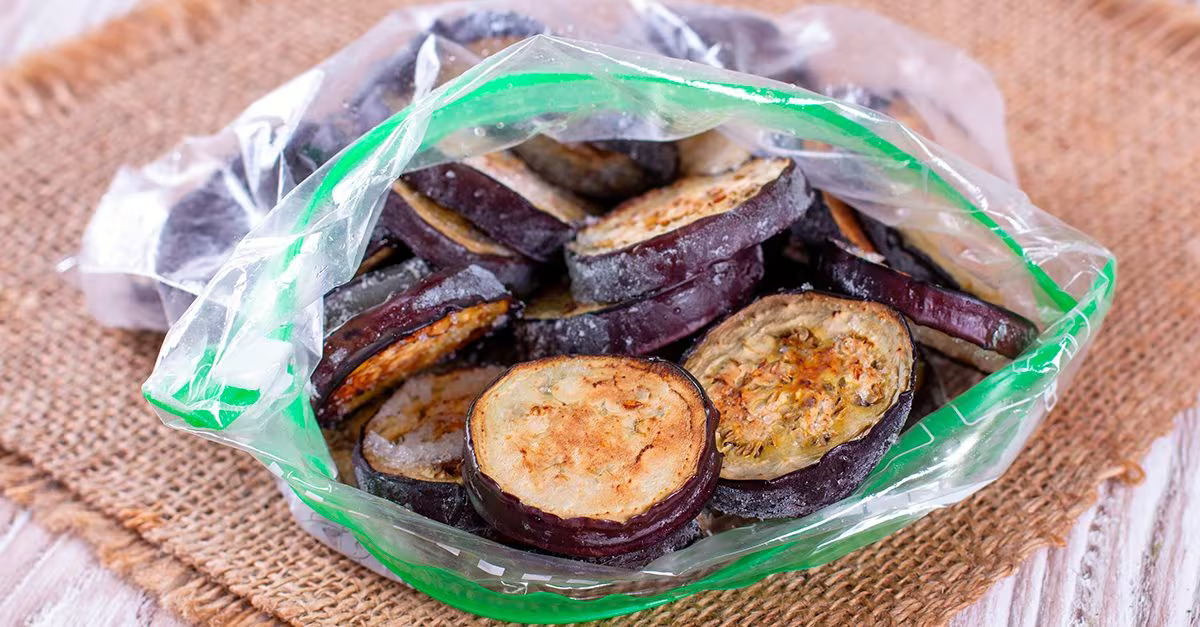

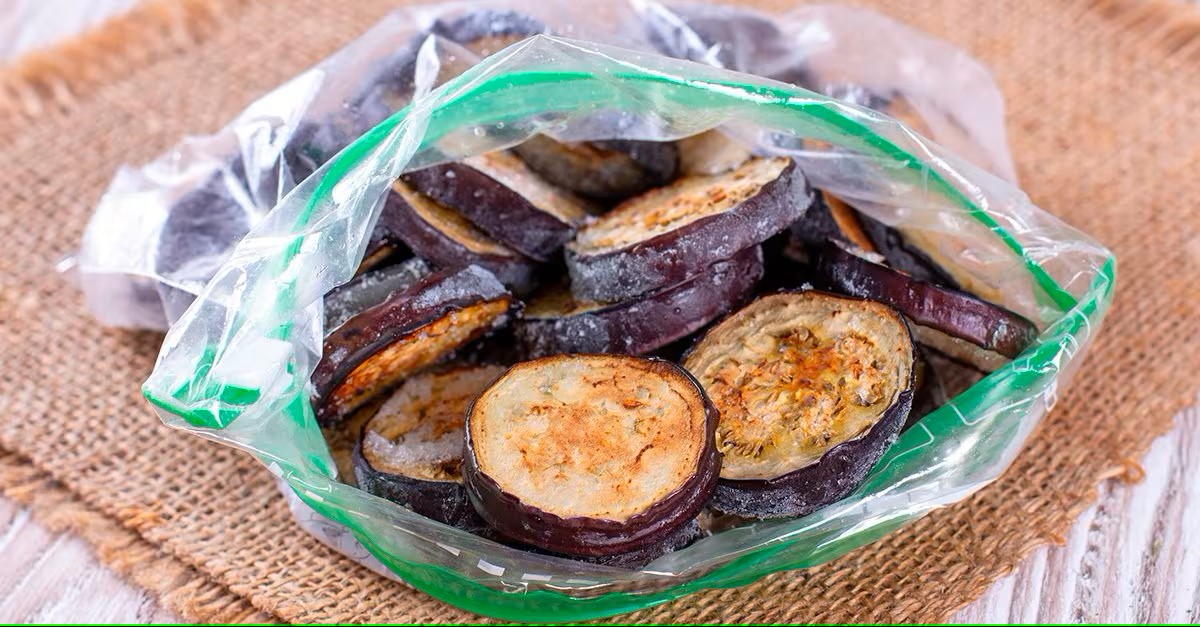
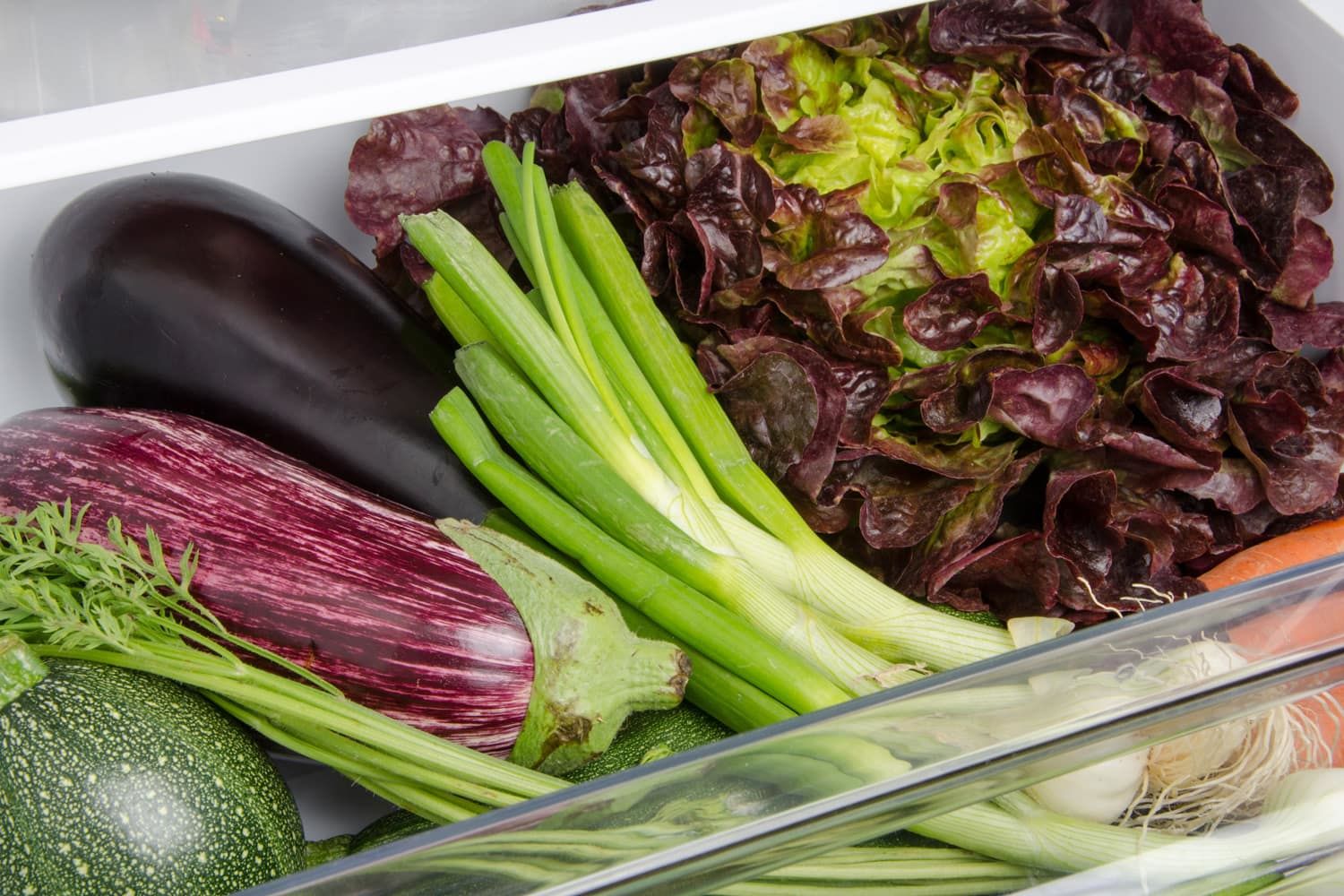
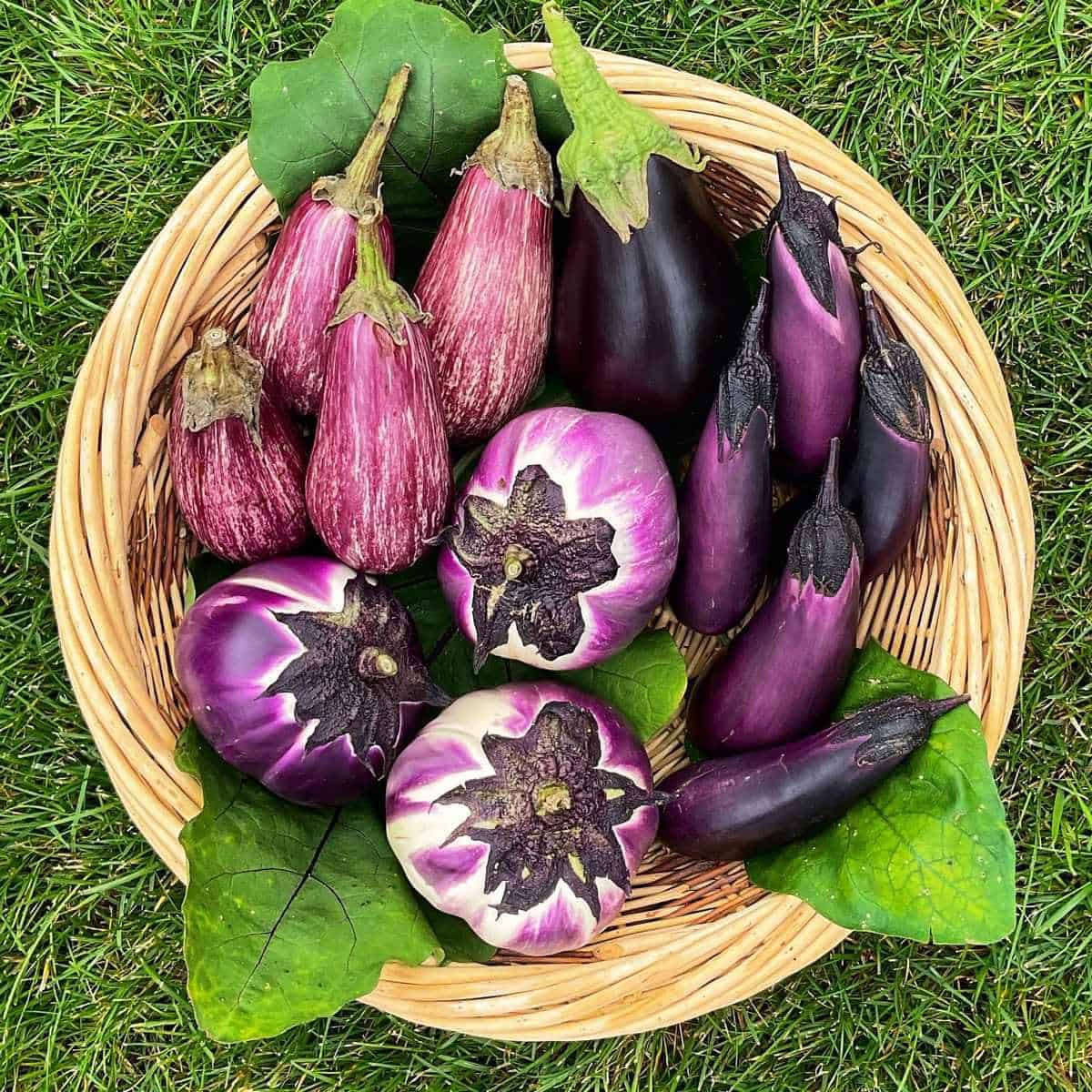
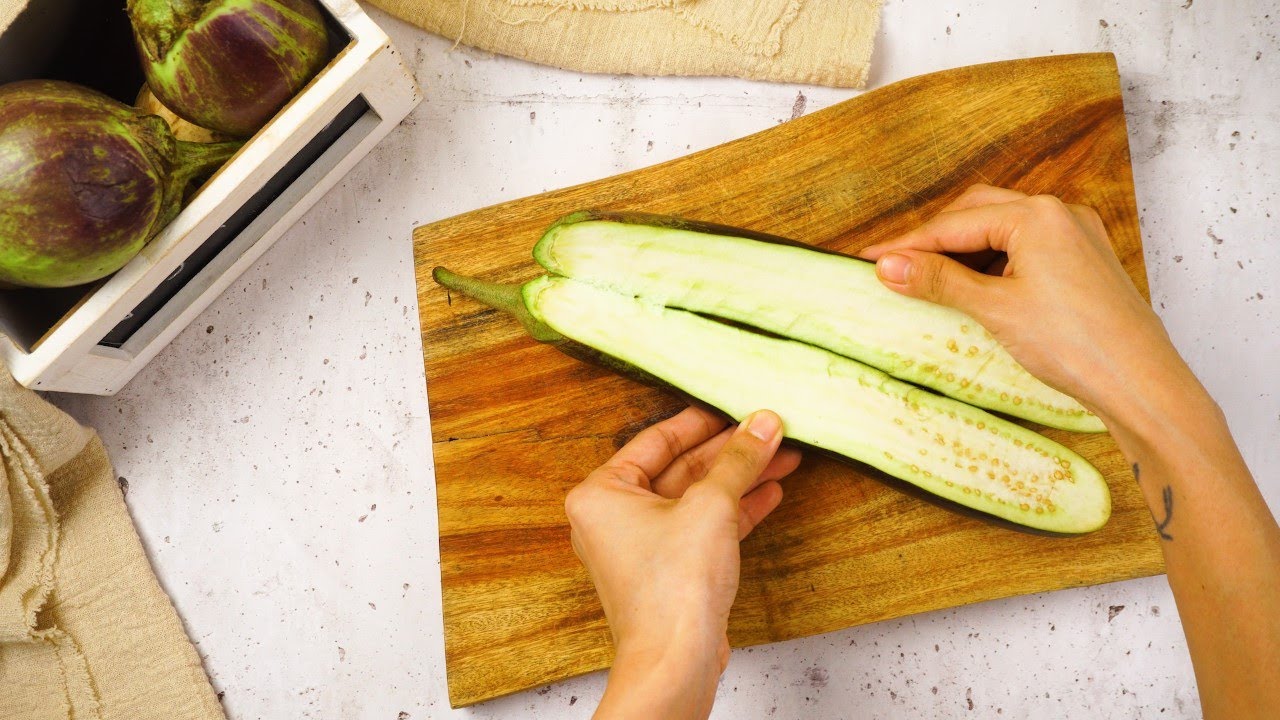
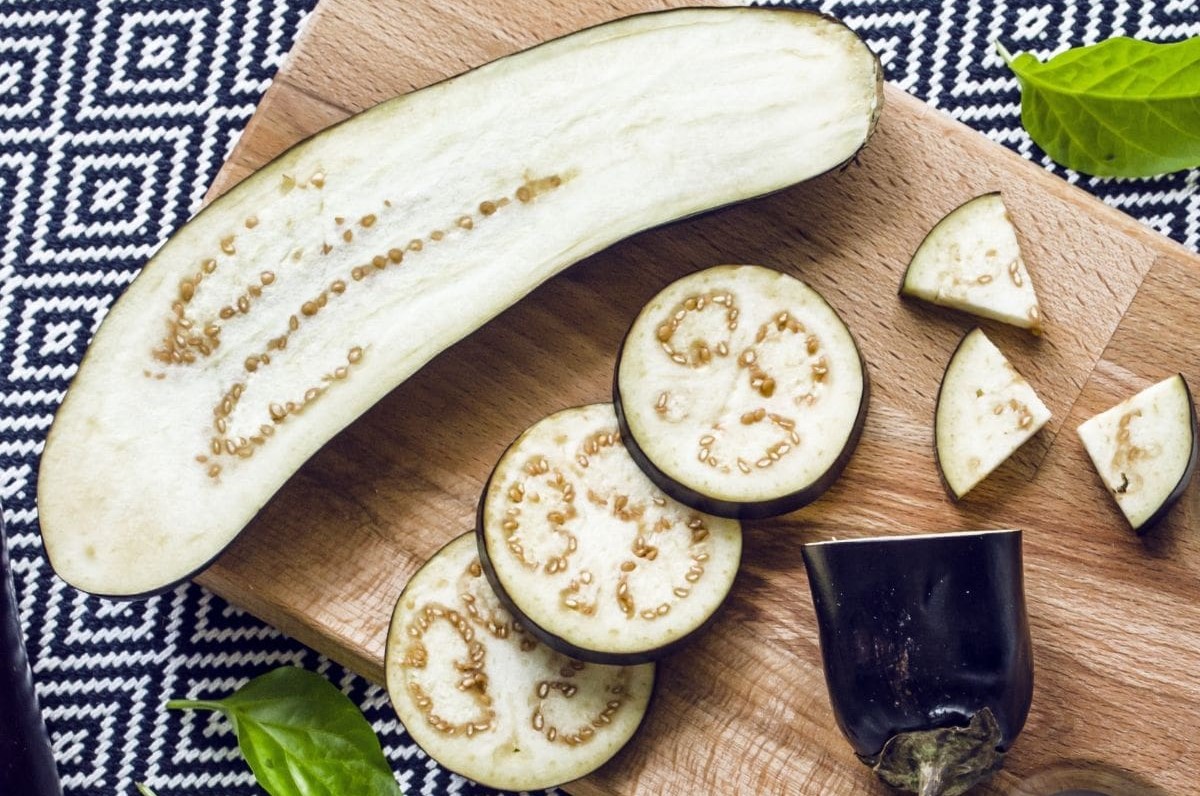
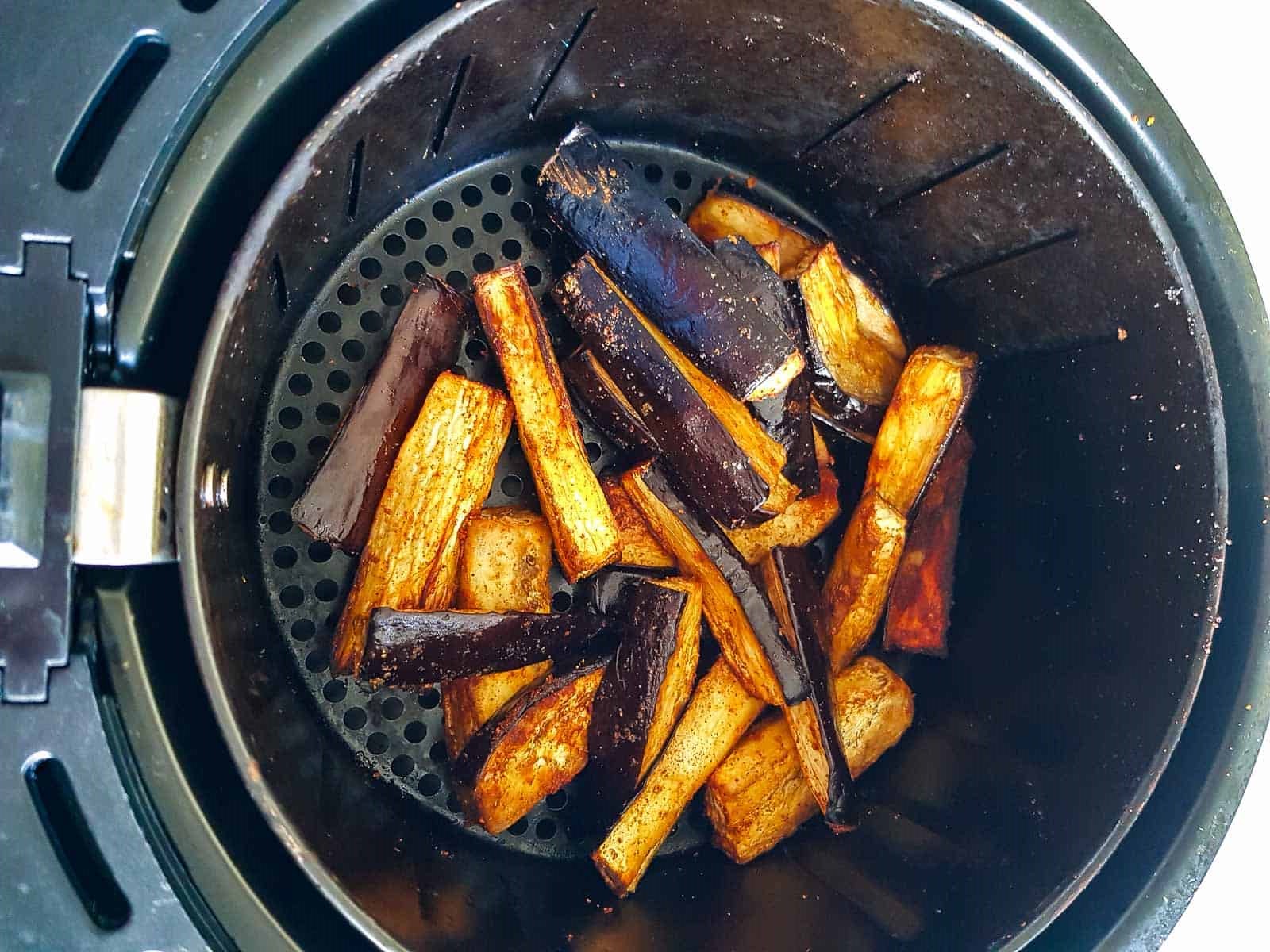


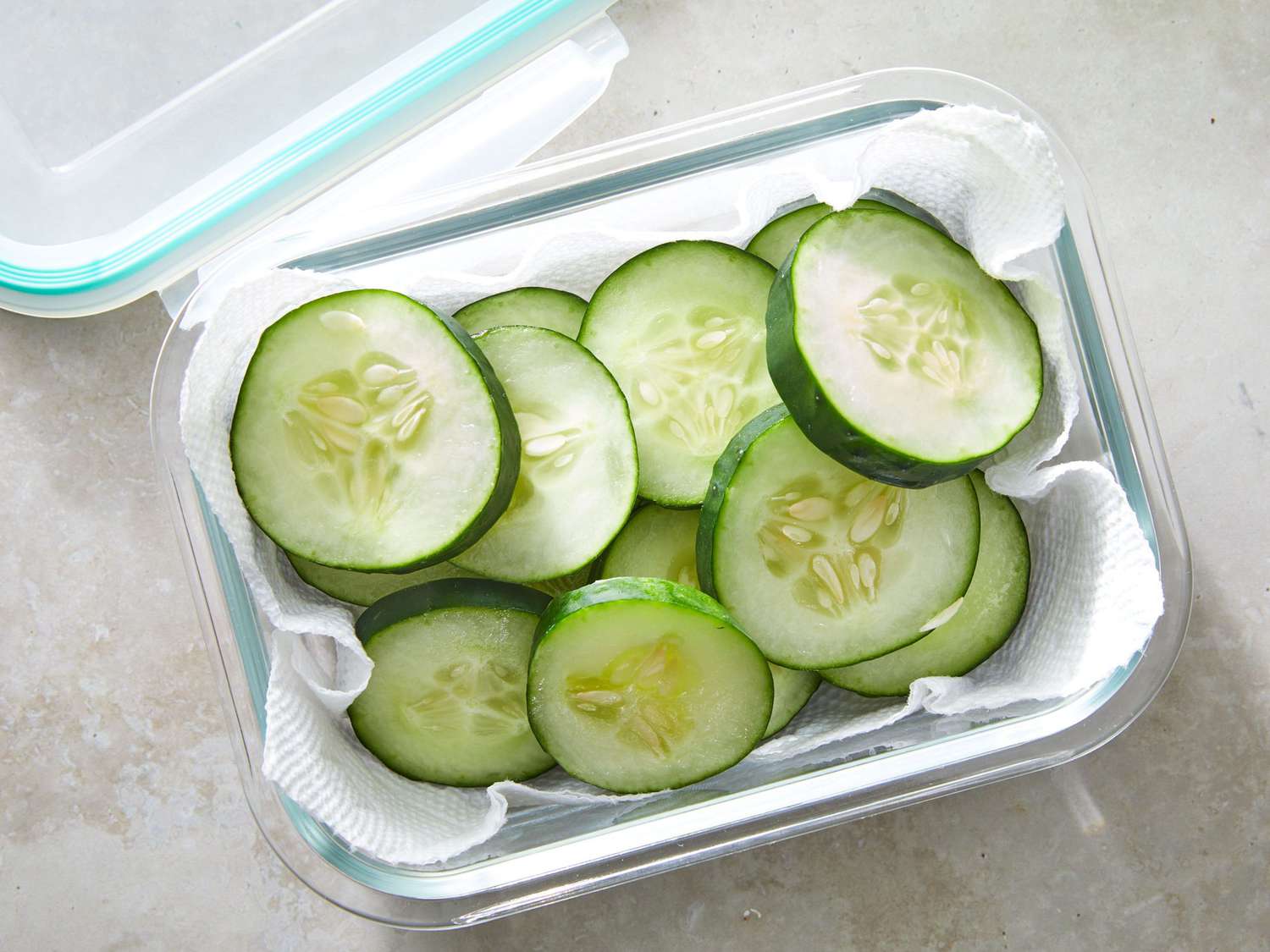

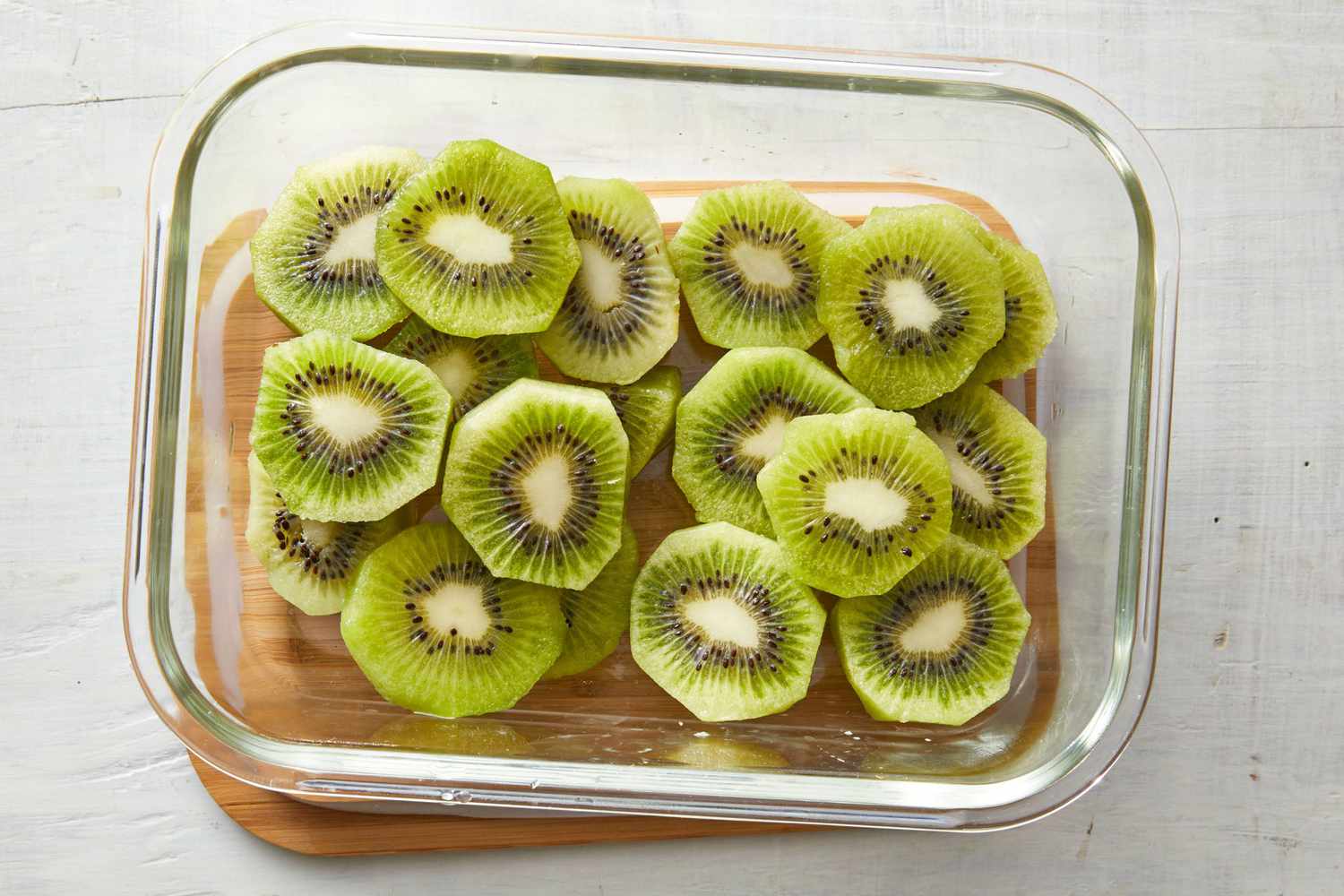
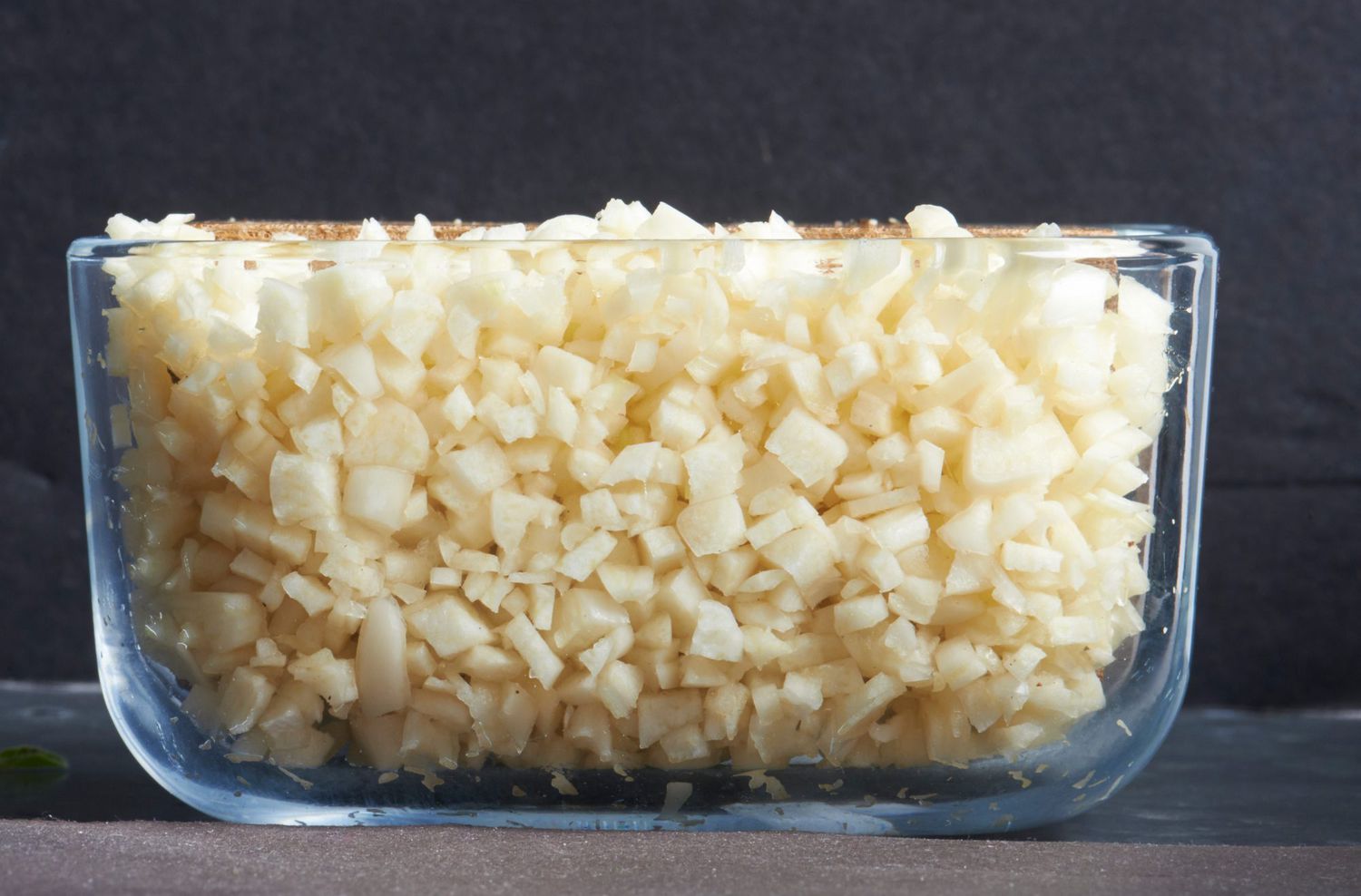

0 thoughts on “How To Store Cut Eggplant”